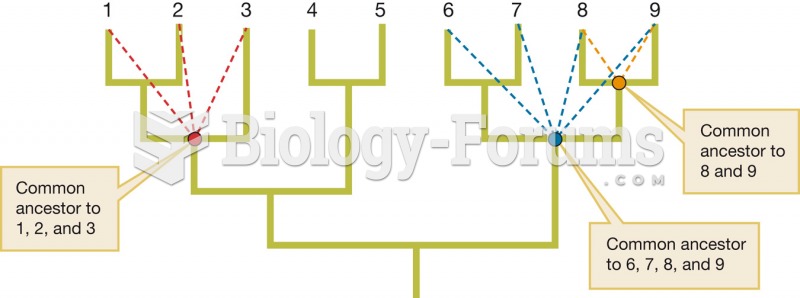Answer to Question 1
Law is a diverse profession based partially on the law school attended and the place of work (Mather and Levin 2012; Wilkins 2012). Heinz and Laumann (1982) reported dramatic differences among several sorts of lawyers, and these differences persist (Heinz et al. 2005).
The most important differentiation within the legal profession involved which clients were served. Some lawyers represent large organizations where others represent mainly individuals. The corporate client sector involves large corporate, regulatory, general corporate, and political lawyers. The personal client sector is divided into personal business and personal plight lawyers. Most of the attorneys who appear in criminal court are drawn from the personal-client sector. They are often referred to as solo practitioners, because they practice alone or share an office with another attorney. For this group of courtroom regulars, criminal cases constitute a dominant part of their economic livelihood. Most lawyers view criminal cases as unsavory. Representing criminal defendants also produces few chances for victory; most defendants either plead guilty or are found guilty by a judge or jury. Moreover, many lawyers who represent middle-class clients do not want accused drug peddlers brushing shoulders in the waiting room with their regular clients. Also, despite the legal presumption of innocence, once defendants are arrested, the public assumes they are guilty. As a result, the general public perceives attorneys as freeing known robbers and rapists to return to the streets. Attorneys working in the personal-client sector of the legal profession seldom have a regular clientele. Obtaining clients is only half the problem facing private attorneys who represent criminal clients. The second half is getting paid. The lawyer's fee in a criminal case is generally a flat fee paid in advance. The myth that criminal lawyers receive fabulous salaries is mostly untrue; although a few have become quite wealthy, most earn a modest middle-class living (Wice 1978).
Answer to Question 2
d







